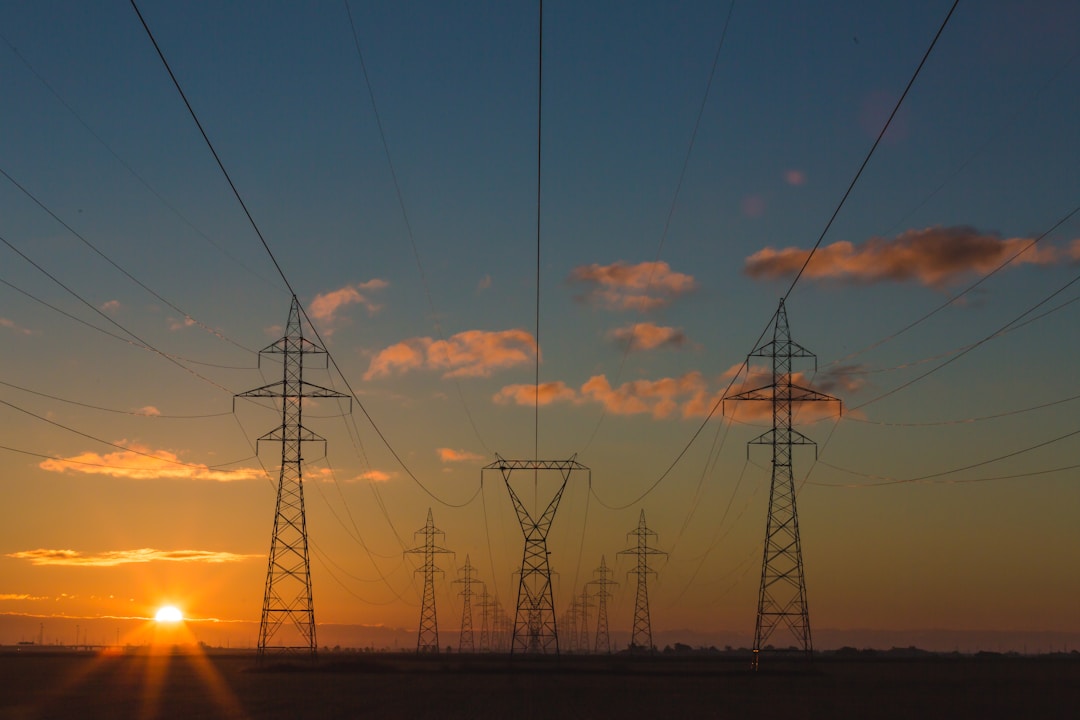Retail energy providers (REPs) provide wholesale power options for energy users from generating facilities outside the services offered by electric utility companies. Your monthly electricity bill charges you for two main services: 1) T&D or the transmission and distribution of electricity and 2) the amount of electricity consumed.
Part of your bill covers the maintenance and upgrading of the utilities that transmit electricity (T&D). The other part of your bill covers the electricity you purchase and consume. When switching from a standard electric utility company to a REP, you’re still responsible for the T&D portion of your bill. What changes is where your electricity is supplied from. You may receive separate bills for each portion, or one concise bill, depending on your location.
Regulated vs Deregulated Energy Markets

When it comes to the energy market, there is a key difference to understand. Regulated and deregulated energy markets play a role in the presence or absence of vertically integrated utilities. Regulated energy markets are comprised of vertically integrated utilities that manage the generation, transmission, and distribution of electricity from power plants to residential or commercial locations. Deregulated energy markets are comprised of several different entities. The utility owns and maintains distribution systems and meters, and other entities are responsible for the generation and transmission of electricity to the local grid.
A great way for energy traders to manage workflow is to use a digital tool that streamlines business processes. A SaaS solution such as Quixotic360 is designed to automate repetitive processes while optimizing communication with utility companies, generating, sharing, and interpreting XML files.
Process automation reduces the time spent on routine tasks so that team members can focus on acquiring new customers, providing customer service, and taking care of distributors. Caliber 360’s SaaS platform helps energy traders keep up with changes to CNMC regulations, ensuring that they’re compliant. The ability to standardize the structure of XML files makes it more efficient to upload, download, and interpret responses from utility companies, meaning less time to market.
The Use of Microgrids

Solar power has been growing in popularity over the years and has been keeping traditional utility pricing on its toes. Energy companies are known to charge a higher rate for electricity usage during peak hours and during the hottest time of the day. The logic is that consumers will be more conservative with electricity consumption during peak hours and wait until non-peak hours to consume electricity.
Solar energy production sees the highest output during the hottest time of the day, which reduces the need for a traditional utility company. Making the switch from traditional electricity to solar energy is a substantial upfront investment, but it doesn’t take a lot of time for consumers to recoup the costs of the investment.
The quality of customer service provided by energy retailers goes a long way toward customer retention. The best way to keep up with customer service demands is to implement a call center technology that improves operational efficiency. IA Call Center provides on-demand call center and omnichannel communication services needed to deliver outstanding customer support. The integrated call center solution improves operational effectiveness, enhances employee and customer satisfaction, and accelerates revenue growth.
The call center solution from iacallcenter.com features smart home technical support, after-hours and overflow support, on-demand sales support, on-demand customer phone support, new product and product recall support, and omnichannel communications.
IoT and Energy Usage

Energy retailers are using the Internet of Things (IoT)-connected data sensors to communicate across power networks. These sensors allow providers to identify peak demand and usage trends and find prosumers (producers/consumers) with excess power that can be bought, sold, and redistributed. This is done through the use of location intelligence gained from geographic information systems (GIS).
This technology can locate consumers, prosumers, and microgrids to monitor fluctuations in network consumption and production, and it can track the health of solar panels. Energy providers rely on GIS to perform continual analysis by monitoring power consumption with weather patterns to predict future usage needs.
The landscape of the energy industry is changing as more consumers seek solar energy as a means to supplement their energy usage needs and save money on their monthly energy bills. This shift is causing utility companies to rethink their business models and pave the new way for the energy sector.


